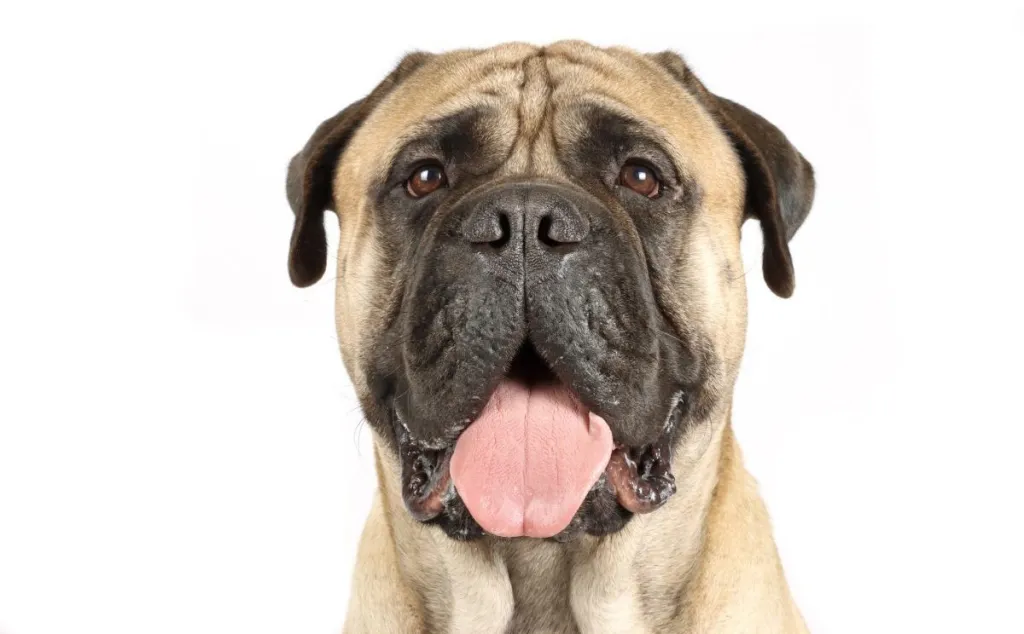Welcome to the world of the Bullmastiff, a breed known for its imposing stature, gentle demeanor, and unwavering loyalty. Whether you’re drawn to their impressive appearance or considering adding one to your family, the Bullmastiff combines strength with a loving heart. In this expert guide, we’ll explore everything you need to know about the Bullmastiff – from their history and characteristics to their care, training, health considerations, and why they’ve earned a reputation as a beloved companion and guardian.
Origin and History of the Bullmastiff
The Origins of the Bullmastiff
The Bullmastiff originated in 19th century England, where it was developed by gamekeepers to guard estates and apprehend poachers. The breed was created by crossing the sturdy Bulldog with the swift, agile Mastiff, resulting in a dog that possessed both strength and athleticism. Bullmastiffs were valued for their ability to track quietly and pin down intruders without causing harm, making them effective protectors.
Understanding the Traits of the Bullmastiff
Physical Characteristics
Bullmastiffs are large, muscular dogs with a powerful build. They typically stand between 24 to 27 inches tall at the shoulder and weigh between 100 to 130 pounds. Their short coat is dense and comes in shades of fawn, red, or brindle, with a black mask on the face. Their broad head features a wrinkled forehead, expressive eyes, and pendant ears that hang close to the cheeks, adding to their distinctive appearance.
Temperament and Personality
Despite their imposing size, Bullmastiffs are gentle giants with a calm and affectionate demeanor. They are loyal and protective of their families, making them excellent watchdogs and companions. While they are generally good-natured, early socialization and training are important to ensure they develop into well-mannered adults. Bullmastiffs are good with children and can coexist peacefully with other pets when properly introduced.
Caring for Your Bullmastiff
Nutrition and Diet
Maintaining a healthy diet is crucial for Bullmastiffs to support their large size and muscular build. Choose high-quality dog food formulated for large breeds and monitor their weight to prevent obesity, which can lead to joint problems. Consult with your veterinarian for recommendations on feeding schedules and portion sizes based on their age and activity level.
Exercise Needs
Despite their size, Bullmastiffs are moderate exercise dogs that enjoy daily walks and playtime. Aim for 30 to 60 minutes of activity each day to keep them mentally and physically stimulated. While they are not overly energetic, they appreciate activities that engage their senses, such as sniffing and exploring their surroundings.
Grooming Requirements
Bullmastiffs have a short coat that is easy to groom with regular brushing to remove dead hair and distribute natural oils. They are moderate shedders year-round, and occasional baths can help keep their coat clean and healthy. Pay attention to their ears, nails, and dental hygiene, ensuring they are cleaned and trimmed regularly to prevent infections.
Training and Socialization
Bullmastiffs are intelligent and responsive to training, but they can also be independent thinkers. Start obedience training and socialization early to establish boundaries and reinforce positive behaviors. Use positive reinforcement techniques such as treats, praise, and playtime to motivate them during training sessions and strengthen your bond.
Health Considerations and Lifespan
Common Health Issues
Bullmastiffs are generally healthy dogs, but like all breeds, they may be prone to certain genetic health conditions. Common concerns include hip dysplasia, elbow dysplasia, bloat (gastric torsion), and heart problems. Regular veterinary check-ups and preventive care, including vaccinations and parasite control, are essential to monitor their health and detect issues early.
Lifespan and Veterinary Care
Bullmastiffs have a lifespan of around 8 to 10 years on average. Routine veterinary visits for health screenings, dental exams, and vaccinations help ensure they live a long and healthy life. Your veterinarian can provide guidance on specific health concerns and recommend appropriate preventive measures based on their individual needs.
Living with a Bullmastiff
Ideal Home Environment
Bullmastiffs thrive in homes where they receive plenty of attention and companionship. They are indoor dogs who prefer to be close to their families and should not be left alone for long periods. While they do well in apartments with sufficient space, they also appreciate access to a fenced yard where they can exercise and explore safely.
Compatibility with Other Pets
With proper socialization from a young age, Bullmastiffs can get along well with other dogs and pets in the household. Supervised introductions and positive interactions help ensure they develop positive relationships with their furry siblings. Their protective nature makes them excellent guardians, but early socialization helps them distinguish between friend and foe.
Conclusion: Is the Bullmastiff Right for You?
With their gentle temperament, loyalty, and protective instincts, the Bullmastiff is a wonderful choice for experienced dog owners seeking a devoted companion and guardian. Whether you’re attracted to their imposing presence, loving personality, or their reputation as a family-friendly breed, Bullmastiffs have something to offer for those willing to embrace their unique qualities.
- Best Clay Alternatives for 2025 - April 19, 2025
- Best Seamless.ai Alternatives for 2025 - April 19, 2025
- Best UpLead Alternatives for 2025 - April 18, 2025



